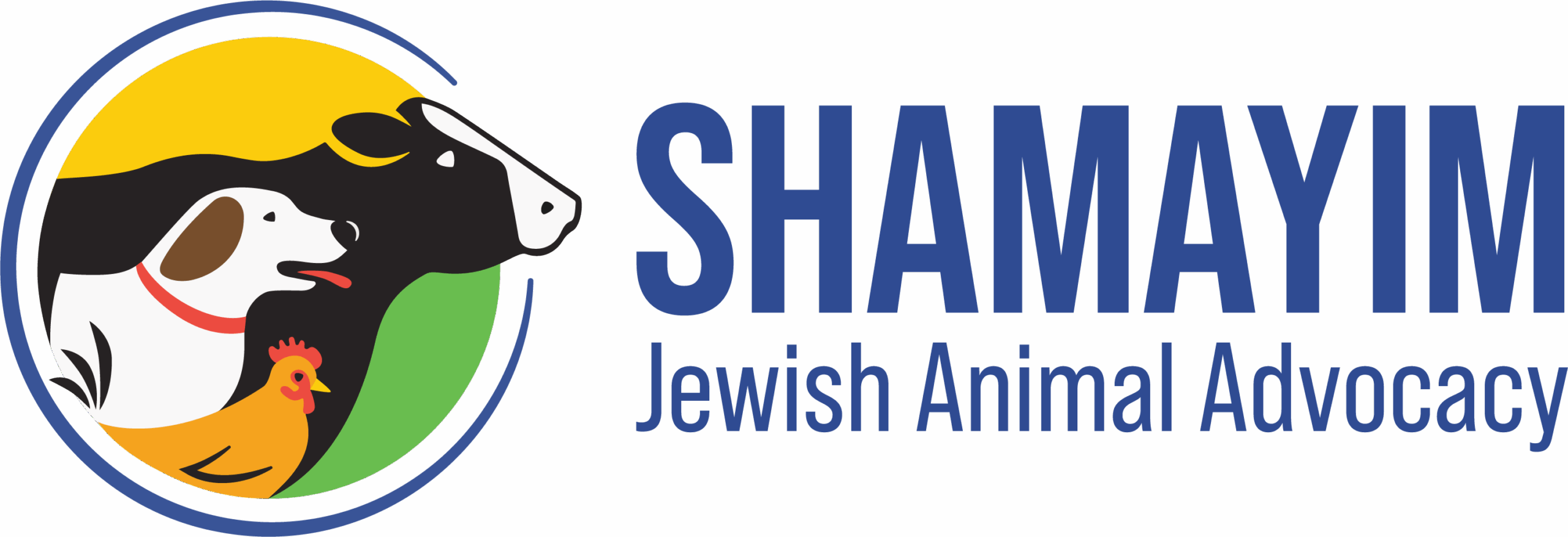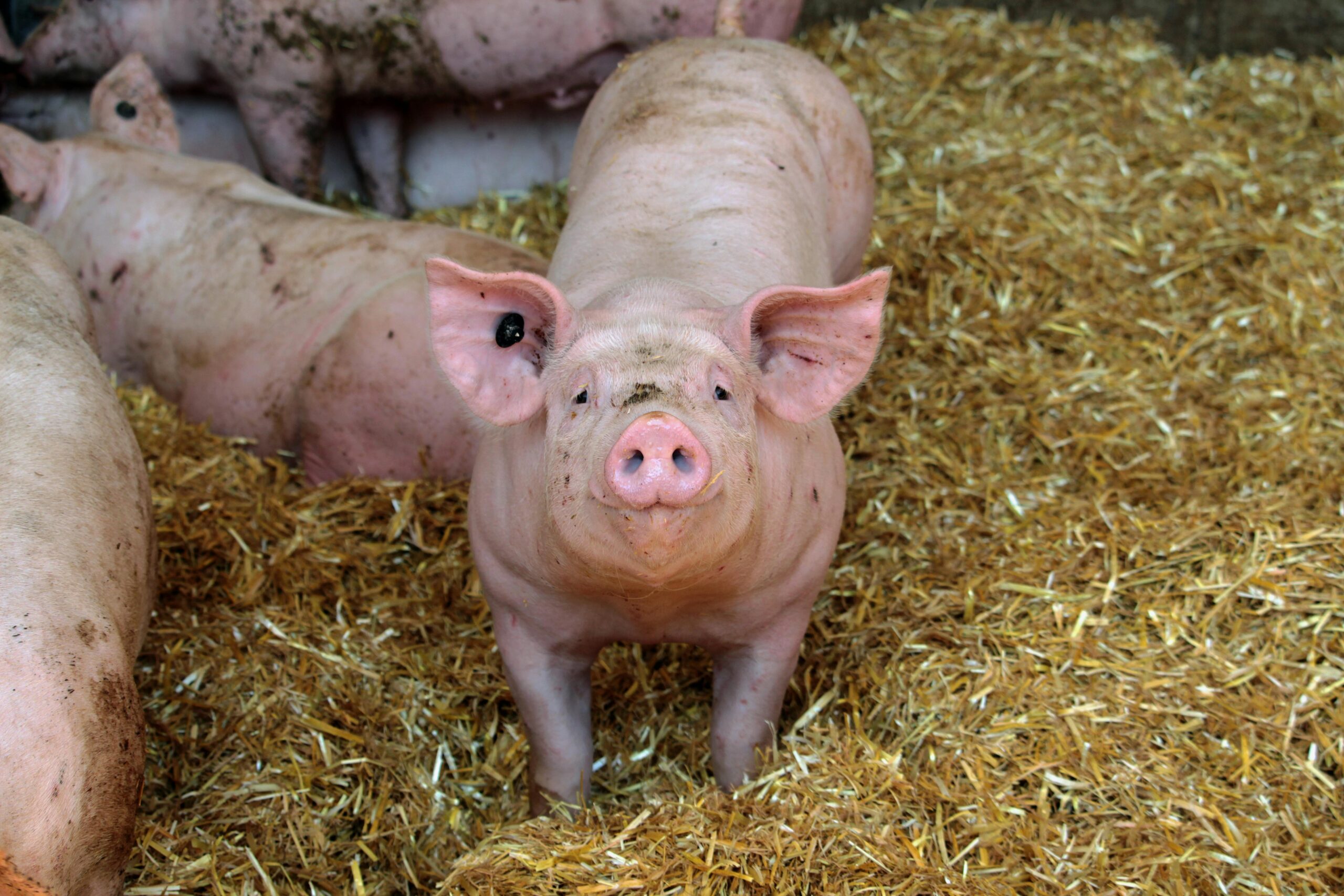Honey holds a special place in Jewish life, symbolizing sweetness, prosperity, and divine blessings. Whether we’re dipping apples in honey or making lekach (honey cake) on Rosh Hashanah to welcome a sweet new year, or eating it with challah on Shabbat and holidays — honey is a staple ingredient that transcends the taste buds.
It also evokes the iconic phrase in the Torah, “a land flowing with milk and honey,” a description of the promised land of Israel, with milk symbolizing sustenance and nourishment, and honey signifying sweetness and delight. It paints a picture of a bountiful, harmonious land capable of meeting all needs — an aspirational image that continues to endure even today.
But what if we’ve had it wrong all along? What if this ancient reference wasn’t about bee-derived honey after all?
A Different Kind of Honey
Some rabbis and scholars propose that the “honey” mentioned in the Torah refers not to bee honey but to silan—a syrup made from dates, one of the seven species of the Land of Israel. Dates were abundant in ancient Israel, and their sticky, sweet nectar could have easily been the honey referenced in scripture, an interpretation that ties the phrase more closely to the agricultural richness of the land.
But the so-called “honey” of our ancestors looks a lot different to what’s found on most tables today.
What we now consider honey is just a product of an industrialized system that exploits the very beings we rely on for pollination and biodiversity: bees.
What’s Really Happening to Bees?
Bees play a vital role in our ecosystem, acting as indispensable pollinators responsible for one-third of the food we eat. Without their tireless work, our food supply would face devastating consequences. But the reality is that bees are in serious trouble, and modern honey production is a major contributor to their decline.
Industrial practices in honey production often prioritize efficiency and profit over the well-being of bees. Queen bees frequently have their wings clipped to prevent them from leaving hives. Honey — a primary source of their nutrition — is replaced with sugar water, depriving bees of the nutrients they need to thrive. These are just some of the industrial interventions that disrupt the delicate ecosystems within hives, and the statistics are sobering. According to the USDA’s 2023 report, nearly 44% of honey bee colonies in the U.S. were lost between April 2022 and April 2023.
Why Does it Matter to Us?
Bees don’t just produce honey; they pollinate the crops that feed us. Bees are responsible for pollinating about 80% of flowering plants and contributing an estimated $200 billion annually to agricultural productivity. Without them, we would face severe disruptions to our food supply, including declines in the production of fruits, vegetables, and nuts.
Industrial honey production isn’t just unsustainable — it’s a direct threat to bees and, by extension, our global food system. Knowing that bees are essential to pollinating the crops that sustain us, why support practices that harm them?
Sweet Swaps That Make a Difference
The good news? There are plenty of plant-based alternatives to bee-derived honey that are delicious, versatile, and eco-friendly. Next time you reach for a spoonful, consider these vegan swaps:
Date Honey (Silan): Smooth, rich, and versatile, silan is perfect for drizzling on challah, mixing into your favorite plant-based yogurt, or sweetening baked goods.
Agave Nectar: Extracted from the agave plant, this light, neutral sweetener dissolves effortlessly in coffee, tea, and dressings. Its mild flavor makes it a go-to substitute for honey in recipes requiring subtle sweetness.
Maple Syrup: Who said maple syrup is just for pancakes and waffles? A pantry staple with a bold, rich flavor, maple syrup shines in both sweet and savory dishes. Use it to sweeten baked goods, glaze vegetables, or add depth to marinades.
Coconut Nectar: With its caramel-like flavor, coconut nectar is harvested from the sap of coconut blossoms. Low on the glycemic index, this lesser-known alternative is perfect for smoothies, oatmeal, and desserts.
A Sweeter Way Forward
By making small changes — like swapping honey for silan or the other plant-based alternatives mentioned above — we can reduce our impact on bees and protect ecosystems.
The phrase “a land flowing with milk and honey” embodies abundance and sustainability. It’s a vision of a world where all needs are met without causing harm. By embracing honey alternatives, we can honor this ancient ideal in a modern context.
After all, a truly flowing land of “milk and honey” should sustain life — not take it away.
Photo by photos_by_ginny: https://www.pexels.com/photo/selective-photography-of-purple-and-white-saffron-crocus-flowers-845921/





Leave a Reply